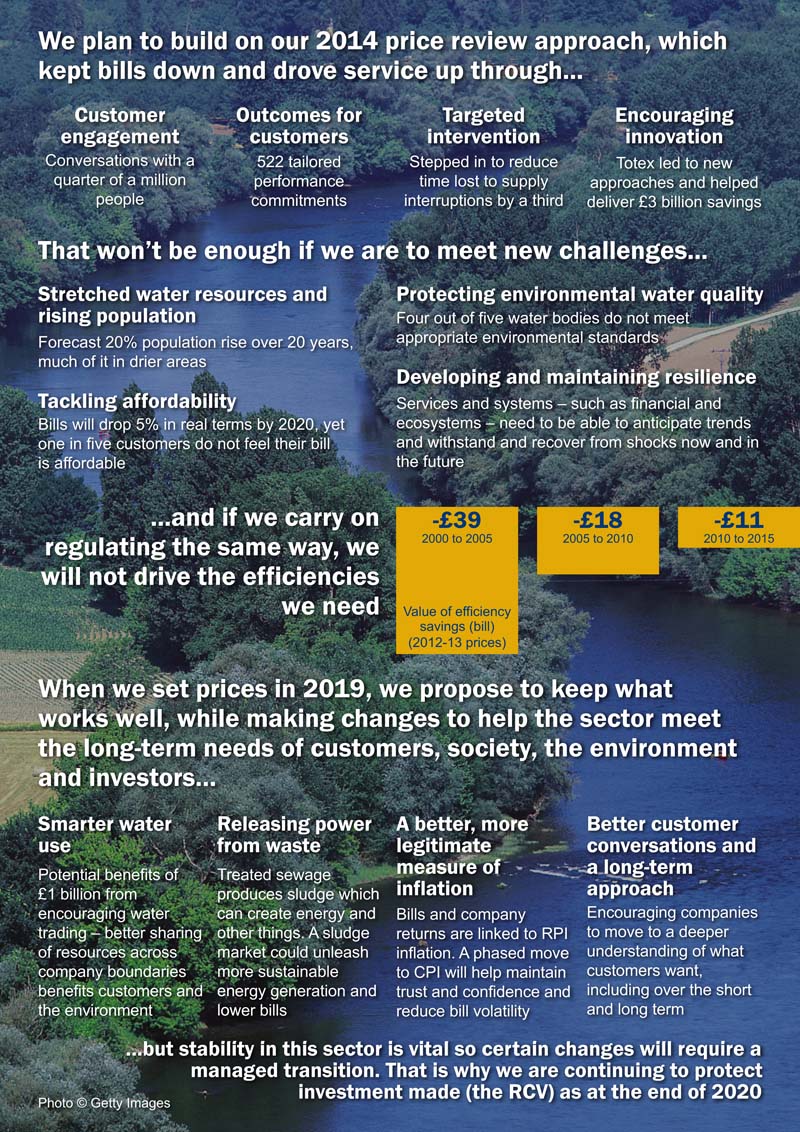About Consultation
A consultation on our preferred approach to the design of the future regulatory framework for the water industry.
Supporting documents
- Appendix 3: Approach to access pricing PDF 400.89 KB
- Appendix 4: Direct procurement for customers PDF 258.65 KB
- Appendix 5: System operation PDF 338.5 KB
- Appendix 6: Initial draft impact assessment PDF 477.46 KB
- Water trading – scope, benefits and options PDF 1.16 MB
